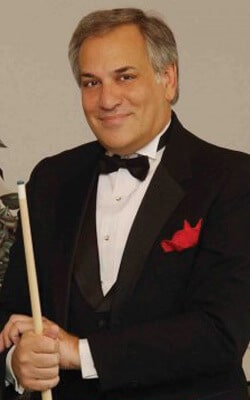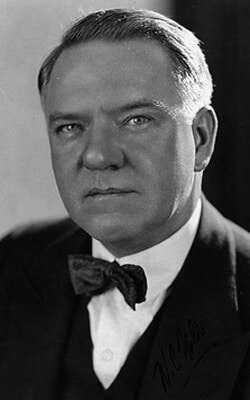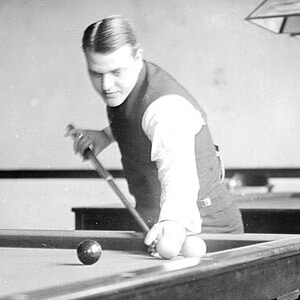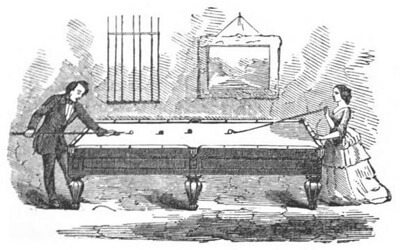23 Weird Billiards Facts
 Did you know that in 1765 A.D., the first billiard room was built in England?
Did you know that in 1765 A.D., the first billiard room was built in England?
Played there was One-Pocket, which was a table with one pocket and four balls.
How do you think you’d fair at a one-pocket game? 😀
Not to worry, this isn’t a test, but a page full of weird (and interesting) billiards facts for you to share with friends and fellow pool league players.
Want to add your own fact? Contact us here.
World’s Largest Pool Hall
The world’s largest billiard hall was built during billiards’ “Golden Age.” “The Recreation,” a mammoth seven-story health spa, was a bustling Detroit business in the 1920s. It featured 103 tables, 88 bowling lanes, 20 barber chairs, 3 manicuring stands, 14 cigar stands, a lunch counter on each floor, a restaurant that could seat 300, and an exhibition room with theater seating, that could accommodate 250 spectators.
 The Ambassador of Billiards
The Ambassador of Billiards
One of the top professional pool players and trick shot specialist Paul Gerni is nicknamed the “Ambassador” and speaks six languages.
Most known for:
- 22-time World Champion
- Created the Dollar Bill Shot
- Created the Just Showing Off Shot
The first coin-operated billiard table was patented in 1903. The cost of a game on the first pay-for-play table: one penny.
 How many balls are on your table?
How many balls are on your table?
There are 15 colored balls in billiards, 7 “solid”, 7 “striped” and the black 8-ball.
Need a new set?
You can purchase your own billiards ball set directly from Buffalo Billiards by visiting our ball collection page.
The Elephants say thanks!
Before the invention of celluloid and other new-age plastics, billiard balls were made out of ivory. The elephants can thank their present existence on the invention of plastics. Because billiard balls had to be cut from the dead center of a tusk, the average tusk yielded only 3 to 4 balls.
 Pool Players in Prison?
Pool Players in Prison?
Captain Mingaud, the inventor of the leather cue tip, was imprisoned for political reasons during the French Revolution.
With the help of a fellow prisoner, he was able to have a billiard table installed in his cell. It was during his incarceration that he became obsessed with the game, that he devised and perfected his invention.
His obsession became so intense, that at the end of his prison term, he actually asked for a longer sentence so that he could complete his study of the game.
Billiards evolved from a lawn game similar to croquet played sometime during the 15th century in Northern Europe (probably in France).

 All the balls are in Harvey’s Hands
All the balls are in Harvey’s Hands Playboy’s role in Pool
Playboy’s role in Pool Fields was a straight shooter
Fields was a straight shooter Willie Hoppe was truly a legendary Pool player
Willie Hoppe was truly a legendary Pool player We used to play Pool backwards!
We used to play Pool backwards! Ripley’s Believe It Or Not
Ripley’s Believe It Or Not





